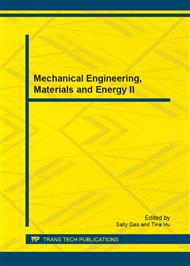p.573
p.578
p.585
p.589
p.593
p.597
p.603
p.607
p.615
Augmented Reality-Based Embedded Sensor Location Recognition and Data Visualization Technique for Concrete Structural Health Monitoring
Abstract:
In recent years, numerous mega-sized and complex civil infrastructures are being constructed all over the world. Therefore, more precise construction and maintenance technologies are required for these complicated construction projects. So a variety of sensors-based structural health monitoring (SHM) techniques have been studied, but these techniques could not manage the sensors efficiently access the database obtained from the sensors. Recently, Quick response (QR) code and AR-based data access technologies have been developed. In this paper, an AR-based concrete curing strength monitoring technique for sensor management and efficient access of the measured data is introduced. It is confirmed that the AR-based concrete curing strength monitoring technique is useful for construction process. In addition, it is concluded that both efficient sensor location recognition and data visualization at anytime, anywhere, and any smart PC devices are promising.
Info:
Periodical:
Pages:
593-596
Citation:
Online since:
January 2013
Authors:
Price:
Сopyright:
© 2013 Trans Tech Publications Ltd. All Rights Reserved
Share:
Citation:


